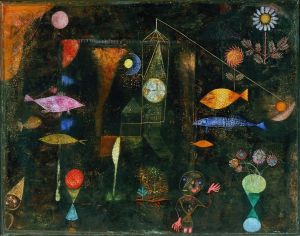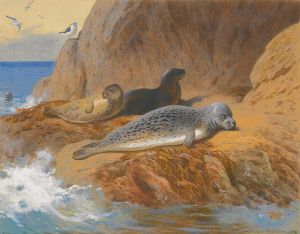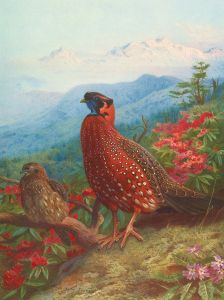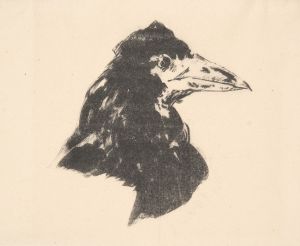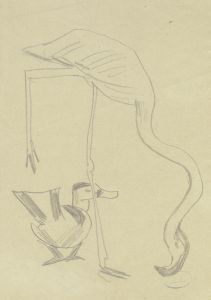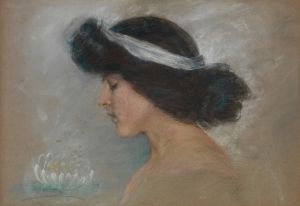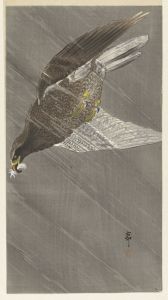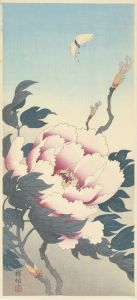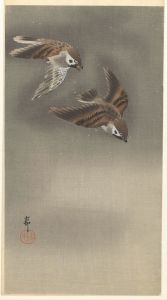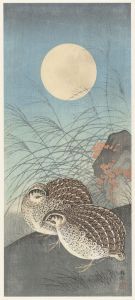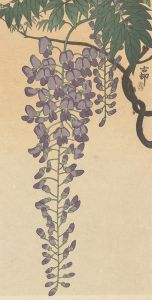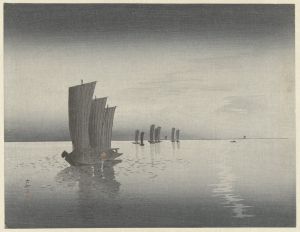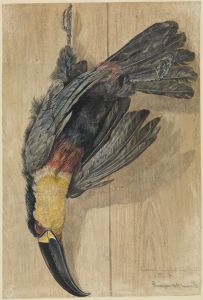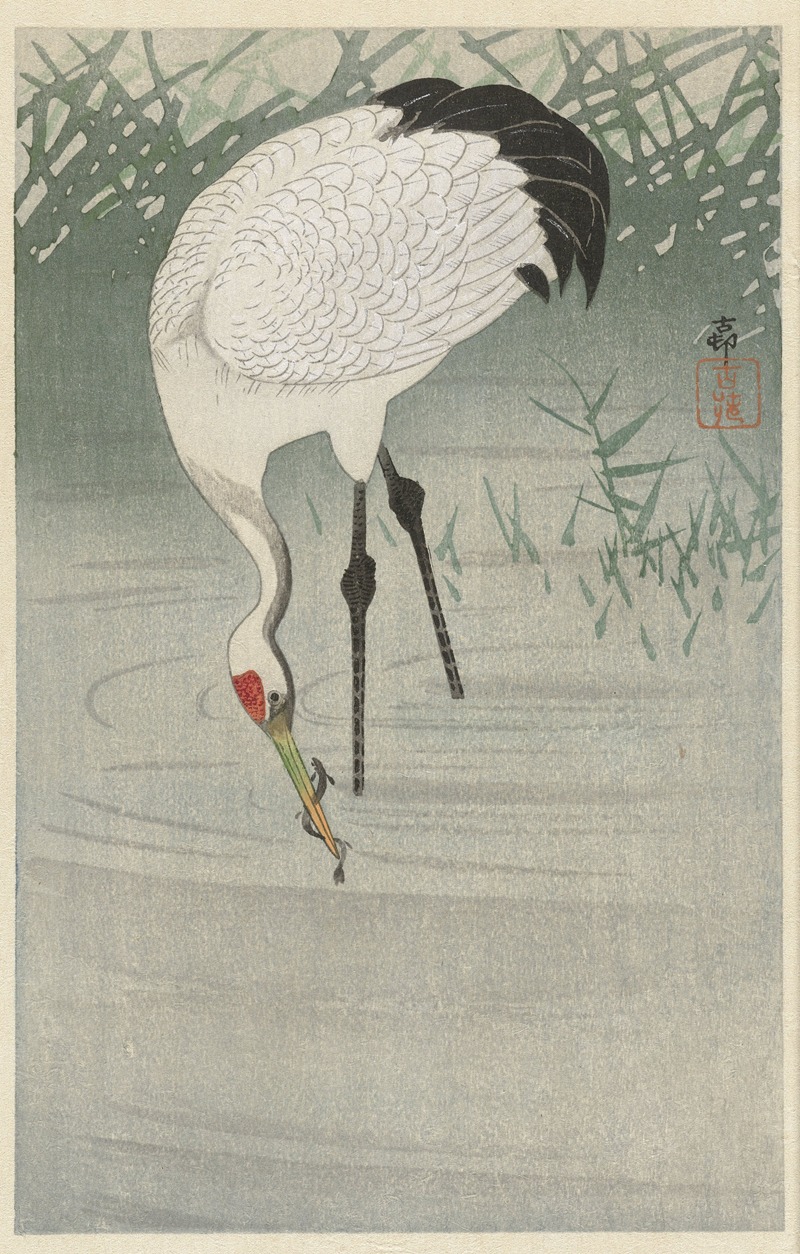
Fishing crane in shallow water
A hand-painted replica of Ohara Koson’s masterpiece Fishing crane in shallow water, meticulously crafted by professional artists to capture the true essence of the original. Each piece is created with museum-quality canvas and rare mineral pigments, carefully painted by experienced artists with delicate brushstrokes and rich, layered colors to perfectly recreate the texture of the original artwork. Unlike machine-printed reproductions, this hand-painted version brings the painting to life, infused with the artist’s emotions and skill in every stroke. Whether for personal collection or home decoration, it instantly elevates the artistic atmosphere of any space.
Ohara Koson (1877–1945) was a prominent Japanese artist known for his exquisite woodblock prints, particularly those depicting birds and flowers, a genre known as kachō-e. His work is often associated with the shin-hanga ("new prints") movement, which sought to revitalize traditional ukiyo-e art with modern sensibilities during the late 19th and early 20th centuries. Koson's prints are celebrated for their delicate beauty, attention to detail, and the harmonious blend of color and composition.
"Fishing Crane in Shallow Water" is one of Koson's notable works, showcasing his mastery in capturing the serene and graceful presence of birds within their natural habitats. The print typically features a crane, a bird often symbolizing longevity and good fortune in Japanese culture, standing elegantly in shallow water. The composition reflects Koson's keen observation of nature and his ability to convey the tranquility and elegance of the scene through his art.
Koson's technique involved the traditional Japanese woodblock printing process, which required collaboration with skilled carvers and printers. The artist would first create a detailed design, which was then carved into wooden blocks. Each block represented a different color, and the final image was produced by pressing paper onto the inked blocks in succession. This meticulous process allowed for the subtle gradations of color and fine details that characterize Koson's work.
The shin-hanga movement, to which Koson contributed significantly, was a response to the decline of ukiyo-e in the face of modernization and Western influence. Artists like Koson sought to preserve the traditional techniques while introducing new themes and styles that appealed to both Japanese and Western audiences. His works were particularly popular in the United States and Europe, where they were appreciated for their aesthetic qualities and exotic appeal.
Koson's bird prints, including "Fishing Crane in Shallow Water," are noted for their use of soft, muted colors and the careful rendering of the birds' plumage and natural surroundings. The backgrounds are often minimalistic, emphasizing the subject and creating a sense of calm and stillness. This approach not only highlights the beauty of the birds but also reflects the Japanese aesthetic principles of simplicity and harmony with nature.
Throughout his career, Ohara Koson produced hundreds of prints, many of which remain highly sought after by collectors and art enthusiasts worldwide. His work continues to be celebrated for its artistic excellence and its contribution to the preservation and evolution of traditional Japanese printmaking. "Fishing Crane in Shallow Water" exemplifies Koson's ability to capture the essence of his subjects with elegance and precision, making it a cherished piece within the realm of Japanese art.





